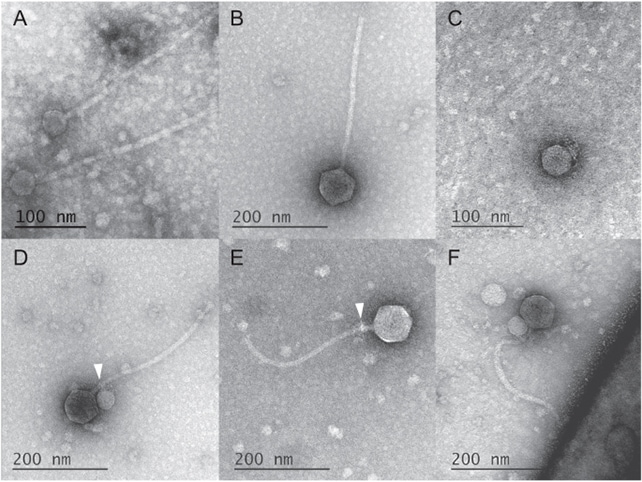Viruses are genetic freeloaders. They’re enigmatic entities straddling the line between the living and the non-living; researchers can’t even agree whether they’re alive or not. But now, scientists have found some viruses that are even more “undead”. They call them ‘vampire viruses’.

Viruses have long been some of humanity’s worst enemies. In fact, they can affect all biological life as we know it. But some viruses target other viruses. Researchers at the University of Maryland, Baltimore County, and Washington University in St. Louis have unearthed these peculiar viruses in soil samples from Maryland and Missouri. These vampire viruses, aptly named for their method of replication, latch onto other viruses, draining their “life” — or more accurately, their cellular machinery — to reproduce.
Viruses are basically tiny packages of genetic material. They can’t reproduce by themselves, neither sexually nor asexually. They need the help of other organisms. That’s why viruses hijack cells and make you sick. But viruses themselves can also get infested.
From satellites to vampires
The ideal situation for a virus is that it enters a cell, it takes it over, it replicates, and moves on. Sometimes, the virus enters a cell to find another virus — and then they start fighting for control of a cell. This is not great for the host and not great for the viruses either. But in some instances, it gets even weirder: the virus gets ambushed.
These ambush viruses are called viral “satellites”. Researchers have known about them for some 50 years. Satellite viruses enter a cell and stay dormant. When a new virus enters the cell, the new virus commands the cell to replicate itself and create new copies. That’s when the dormant virus wakes up and takes over, hijacking the instructions. Most of the copies (or all) will then focus on the dormant virus.
Underground “phage hunters” at the University of Maryland, Baltimore County went looking for viruses in soil samples. They isolated a satellite phage they call MiniFlayer. MiniFlayer appeared to be a clear satellite virus, with one big exception: it can’t go dormant.
This is the first satellite virus that’s lost its ability to lie dormant. This completely changes the dynamic. If they can’t go dormant and wait for unsuspecting viruses, how do they manage?
The most aggressive freeloaders
MiniFlayer (great name, by the way) goes on the offensive. Instead of laying an ambush, it grabs onto other viruses. Essentially, it’s evolved a short appendage that enables it to latch onto viruses, much like a vampire latches onto a victim’s neck.
“When I saw it, I was like, ‘I can’t believe this,’” said lead study author and UMBC biologist Tagide deCarvalho in a statement released by the university. “No one has ever seen a bacteriophage — or any other virus — attach to another virus.”

This is a stunning adaptation, and researchers aren’t even sure how it developed, or whether other viruses (like the ones MiniFlayer likes to take advantage of) have ways to protect themselves. Because the reality is we don’t know all that much about the strikingly complex world of viruses. Whenever you walk through a forest, a park, or even tend to your garden, the soil beneath your feet is teeming with viruses — and many of them are unknown to science.
But what is clear is that viruses have a remarkable ability to evolve adaptations. It’s also clear that we’d be wise to start paying more attention to these adaptations.
The discovery of the ‘vampire viruses’ is more than just a scientific curiosity. It opens up a window into unseen battles that rage at a small scale, but that can have big implications. The recent pandemic has highlighted how limited our antiviral arsenal really is. Perhaps there could be a way to use these vampire viruses to design treatments against dangerous viruses.
A different way of looking at it is that sometimes, satellite viruses can make other viruses more efficient killers. So basically, you have a virus that isn’t causing problems directly, but rather indirectly, by pushing other viruses to be more dangerous. Add in the fact that there are plenty of these viruses that we know nothing about, and the need to understand them better becomes all the more apparent.
The discovery of the MiniFlayer and its behavior presents us with a natural phenomenon that feels almost fictional. Yet, it underscores a broader truth about our world: it’s brimming with mysteries waiting to be unraveled.
In the wake of our recent global health problems, the importance of virology has never been more evident.
The paper was published in the Journal of the International Society of Microbial Ecology.






